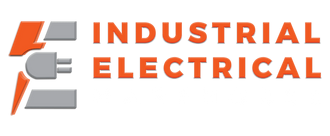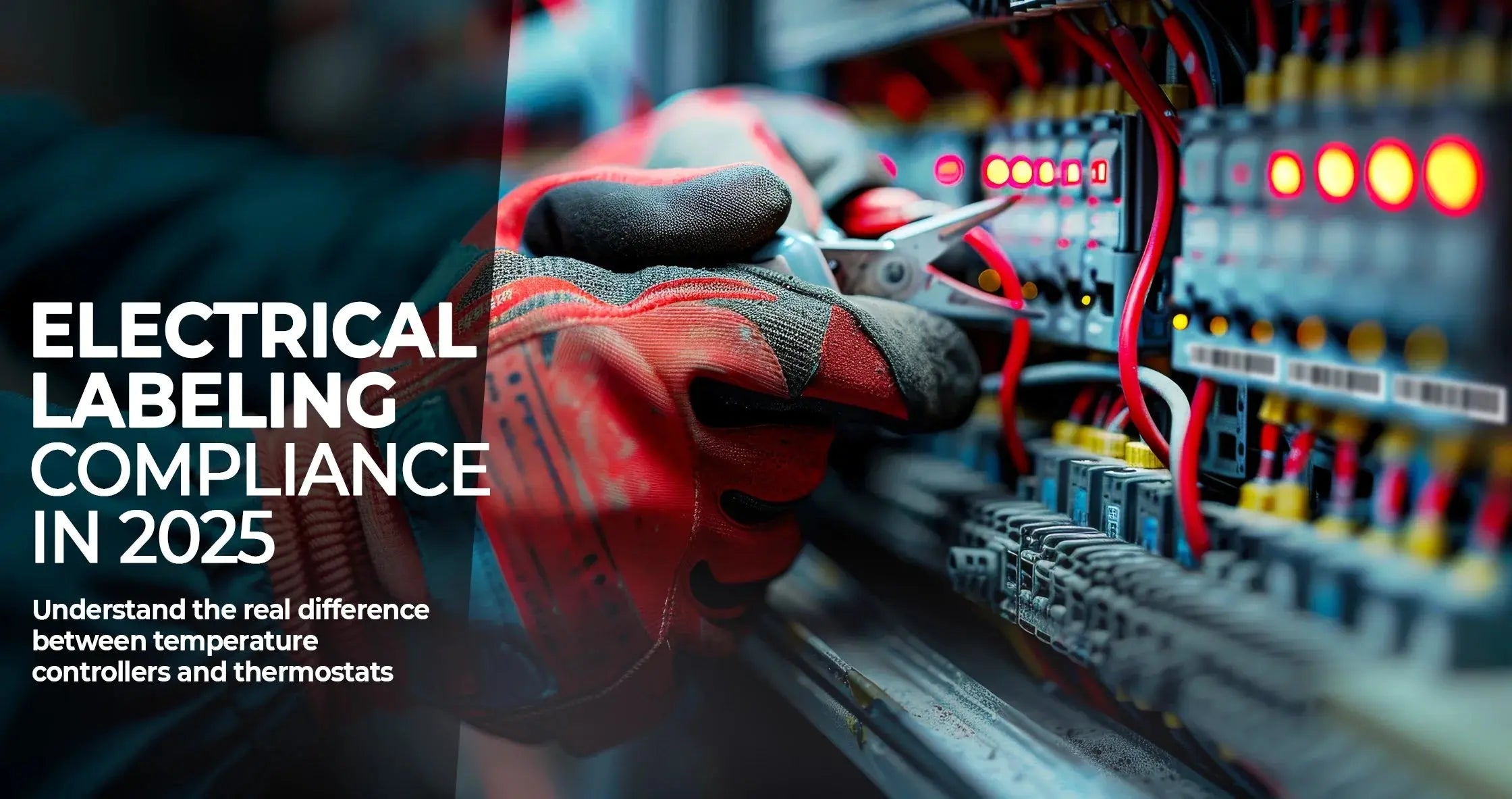In 2025, electrical labeling continues to evolve to meet new safety and regulatory demands. Electrical labeling is not just a best practice—it's a legal requirement that protects workers, ensures OSHA compliance, and supports efficient maintenance. Whether you work in industrial facilities, commercial buildings, or utility services, understanding the latest updates in electrical labeling is essential to staying compliant and safe.
1. Updated Standards for Arc Flash Labeling
New Requirements from NFPA 70E and NEC
In 2025, arc flash labeling remains a top priority under both NFPA 70E and NEC guidelines. These standards require clear identification of potential arc flash hazards on equipment such as switchgear, motor control centers, and industrial control panels. The labels must now include updated information like incident energy levels, arc flash boundary distances, and required PPE ratings. This helps technicians make informed decisions before working on energized systems.
Manufacturers are expected to apply these labels at the factory level, but older equipment may still need field labeling. It’s crucial to conduct arc flash studies regularly to ensure label accuracy. Handwritten notes or temporary markings no longer meet compliance—durable, standardized labels are mandatory.
Impact on Workplace Safety
Proper arc flash labeling significantly reduces the risk of electrical injuries. By clearly communicating hazard levels, companies can better enforce safety protocols and ensure that only qualified personnel handle high-risk tasks. Employers who ignore these requirements risk not only fines but also serious workplace accidents.
2. Electrical Panel Labels: Clarity and Consistency
OSHA Compliance and Label Content
Electrical panel labels are another critical area of focus in 2025. OSHA requires that all electrical panels be clearly marked to identify voltage levels, circuit functions, and disconnect locations. These labels help technicians quickly locate power sources during emergencies and prevent accidental contact with live circuits.
The latest standards emphasize consistency across facilities. Labels must use standardized language, symbols, and color codes. For example, ANSI Z535 standards recommend specific formats for signal words like “Danger,” “Warning,” and “Caution.” This uniformity helps reduce confusion and improves emergency response times.
Durability and Placement Guidelines
Labels must also withstand environmental conditions such as heat, moisture, and chemical exposure. If a label fades or peels, it no longer meets compliance. Strategic placement is equally important—labels should be visible without requiring panel removal or excessive reach.
3. Breaker Box and Breaker Panel Labeling Best Practices
Accurate Circuit Identification
Breaker box labels play a vital role in electrical system management. In 2025, accurate circuit identification is more important than ever. Each breaker must be labeled with its corresponding circuit, load type, and location. This makes troubleshooting faster and safer, especially in large or complex facilities.
Labeling mistakes—like mismatched breakers or missing identifiers—can lead to costly downtime or even electrical fires. To avoid this, many organizations are adopting digital labeling systems that allow real-time updates and easier tracking of changes over time.
Integration with Facility Management Systems
Modern electrical systems often integrate with building automation or facility management software. Labeling must align with these systems to ensure seamless operation. For example, using QR codes on breaker panels can link to detailed schematics or service history, improving both efficiency and compliance.
4. Electrical Warning Labels: Visual Communication of Hazards
Design and Messaging Standards
Electrical warning labels are designed to communicate danger quickly and effectively. In 2025, these labels must follow strict design standards to ensure clarity. They should include pictograms, signal words, and concise warnings about shock, arc flash, or fire risks.
One major update involves the use of multilingual labels in facilities with diverse workforces. Employers are encouraged to provide translations where necessary, while maintaining compliance with ANSI and ISO standards. The goal is to ensure that every worker understands the risks associated with electrical equipment.
Placement and Visibility
Warning labels must be placed where they are easily seen by anyone approaching the equipment. Avoid placing them behind doors or in areas that are difficult to access. High-traffic zones near transformers, junction boxes, and switchgear should have highly visible signage to reinforce safety awareness.
5. Digital and Smart Labeling Trends in 2025
Rise of RFID and QR Code Integration
Technology is transforming how we approach electrical labeling. In 2025, smart labels featuring QR codes and RFID tags are becoming increasingly common. These tools allow instant access to technical data, maintenance logs, and safety instructions via mobile devices.
RFID-enabled labels are particularly useful in large-scale operations where tracking and managing thousands of components manually would be impractical. These labels support automated inventory systems and streamline compliance audits by providing real-time updates on label status and usage history.
Benefits for Compliance and Efficiency
- Improved traceability of electrical components
- Faster access to documentation during inspections
- Better integration with enterprise asset management (EAM) systems
- Enhanced ability to update labels remotely without physical replacement
Organizations that adopt these technologies early gain a competitive edge by reducing errors, improving safety, and lowering long-term operational costs.
Conclusion: Staying Compliant in 2025
As regulations evolve, staying ahead of electrical labeling compliance is more important than ever. From arc flash labels to breaker panel labeling and smart digital solutions, each element plays a role in ensuring safety and efficiency. Non-compliance not only puts workers at risk but also exposes businesses to fines, delays, and reputational damage.
To remain compliant in 2025, review your current labeling practices, invest in durable and up-to-date materials, and consider integrating digital tools into your labeling strategy. Regular audits and staff training will further reinforce your commitment to safety and code adherence.

FAQ: Frequently Asked Questions About Electrical Labeling Compliance
What are the key electrical labeling standards in 2025?
The main standards include NFPA 70E, OSHA 29 CFR 1910, and NEC Article 110.16. These outline requirements for arc flash labels, electrical panel labels, breaker box labels, and general electrical warning labels.
Are handwritten electrical labels acceptable?
No, handwritten labels are generally not acceptable unless the information changes frequently. All permanent electrical labeling must be durable, legible, and professionally printed.
How often should electrical labels be updated?
Labels should be reviewed and updated whenever there are changes to the electrical system, including repairs, upgrades, or modifications. At a minimum, an annual audit is recommended.
Where can I get compliant electrical labels?
You can find high-quality, compliant electrical labels at IEW's online store. Look for products that meet ANSI, OSHA, and NFPA standards for durability and readability.

